‘Bleu de Travail’ workwear
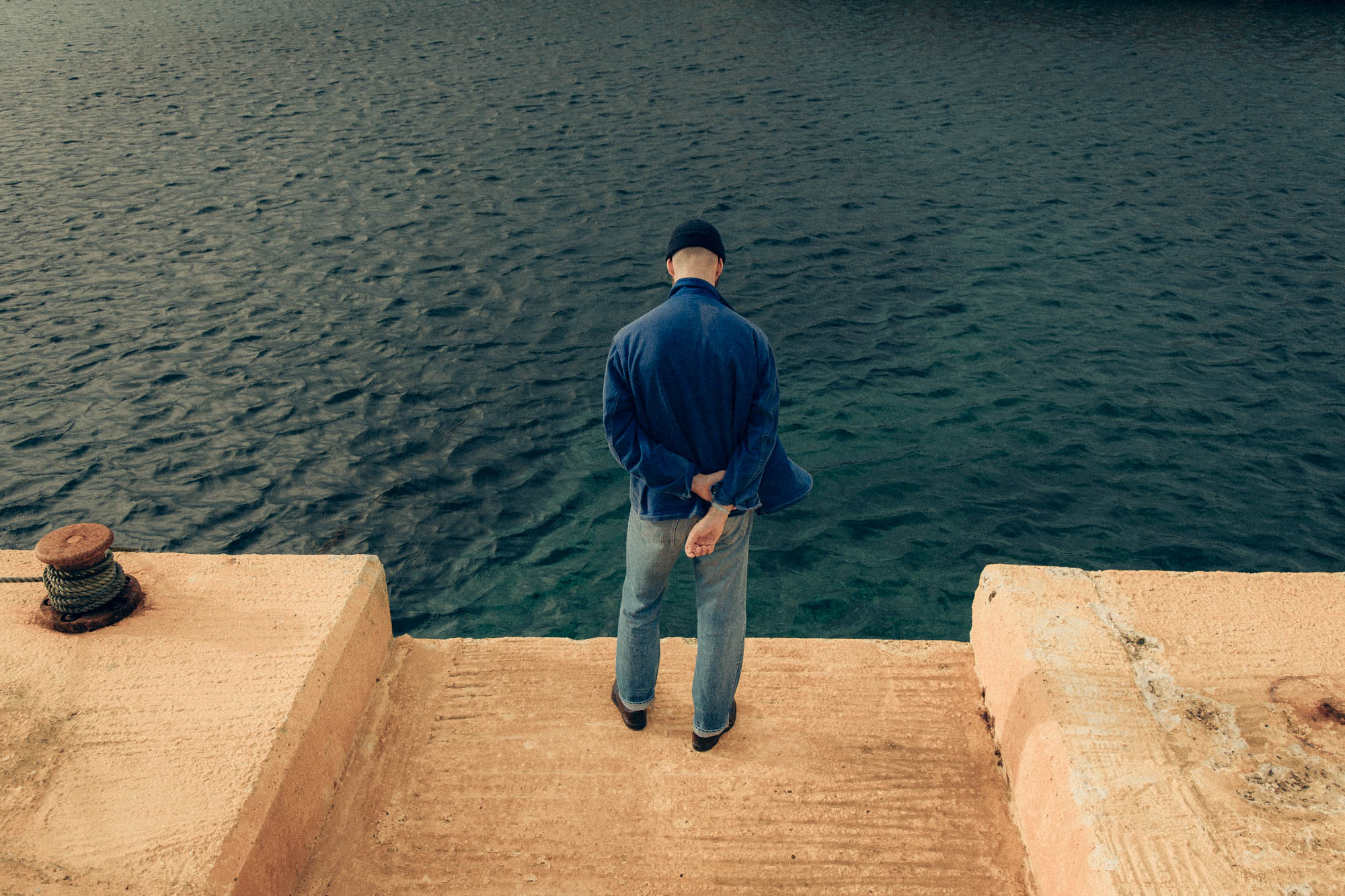
When I covered chore coats about this time last year, I mentioned that there were three major workwear materials that could be interchanged for different looks: blue denim, US-military green and duck-cotton canvas. It could be a Type II jacket with fatigues, a Carhartt chore with 501s, or a jungle jacket with carpenter trousers: they all work together. It’s like a little workwear capsule.
However, true and hopefully useful as that was, it did a disservice to another beautiful material: French bleu de travail.
Today I’m going to correct that and talk a little about its qualities, as well as how it fits into these workwear combos, using a vintage piece of mine as an example.
France’s history with this indigo-dyed material goes back to the nineteenth century. It was originally the military’s colour, but during that century the dye became so cheap and ubiquitous that manufacturers started using a lighter, more vibrant version of it for their workers.
Over time, the overalls, jacket and trousers that the workers wore came to be known as bleu de travail or ‘work blues’. Examples of the trousers, and occasionally overalls, are pretty common in vintage stores, although they tend to be worn thin; jackets or chore coats were more widespread and have lasted better.
The French called them work jackets, not chores. Chore coat was an American term, originating in the early 20th century when Carhartt and Dickies became the big producers. But everywhere the designs were pretty consistent, given they were so driven by function and by economy.
A work jacket was simple and straight, cut big for range of movement and to allow anything the weather required to be worn underneath. They were hip length, dressed up a bit with a collar (some workers had black versions to wear to church) and had two chest and hip pockets.
In France the jackets gained an association with the northern coast, around Brittany and Normany. This was down to to Le Mont St Michel, which was one of the largest producers in the first half of the twentieth century - it’s also the reason the piece is sometimes referred to as a Breton work jacket.
The association with the sea always seemed like a fitting one to me, given the sea and the sky above it are so redolent of the shades of blue these jackets fade to over time.
In the image below you can see this particularly along my folded-back cuff. At the very end, nearest the watch, is the interior colour of the jacket (presumably close to the original blue). Then the material fades slowly along the cuff, accompanied by ripples of colour created by the tension of the stitching. Finally, the edge of the cuff is almost pure white, close to the colour of the sleeve it is folded onto.
This gradation of blues is repeated in different ways all over the jacket, though never as obviously as on the cuff.
If anyone tells you PS is new to this coverage of vintage clothing, by the way, point them to articles from 10 years ago on vintage denim and a vintage wax jackets. These kinds of textiles have always done funny things to me.
Now my jacket is not actually a jacket, nor is it French.
It’s meant to be a shirt, as is clear from the lack of hip pockets and the buttoned cuffs. It would have been worn tucked in, probably over a vest or undershirt, and with a jacket or overalls. But today its weight means it just about works as an overshirt.
And it comes from Germany rather than France: the same colour of workwear has long been popular in other countries. The rather attractive label says it was made by Greiff, a workwear specialist founded in 1802 and still going today, and the specific logo dates it to the 1950s.
The issue I have with a lot of vintage like this is the length - given I’m over average height even today (and these pieces would have been worn with truly high-waisted trousers) everything is a bit short on me.
Here, I improved the situation a little by letting down the hem. This means there is a little less weight at the bottom of the garment, but it gains a couple of centimetres in length. And that extra fade line along the bottom isn’t bad.
So, how versatile is this fourth workwear colour?
It works really well with denim - dark, mid-blue, ecru - as shown. I’ve deliberately played with different blues here, with that light-wash denim and navy watch cap, but blue and indigo work generally.
It’s not as good with strong colours, as the blue is quite vivid. But you’re on safer ground with soft, washed colours (like those three other workwear materials) and neutrals. I wouldn’t say it’s as versatile as other workwear pieces, but it is a nice option if you want a stronger colour that’s still quite easy to wear.
I bought this one, by the way, in Portobello Market for £45. A nice example of the kind of thing you can find with a bit of digging.
I’ve had less luck finding a pair of Travail de Bleu trousers that fit - they generally have the twin problems of being too short and too ragged/paint-splattered. If anyone sees some with a 33-inch waist, or thereabouts, and a 32 inside leg, let me know.
Other clothes shown:
- PS navy Watch Cap
- PS white Tapered T-shirt
- Alden full-strap loafers, Color 8 cordovan, Aberdeen last
- Anderson & Sheppard grey socks (though it would have been nice without them too, at least in the warmer-weather versions without the watch cap)
- My old Rolex GMT
Shot by Jamie Ferguson @jkf_man during the trip for this shoot last year. (Been holding onto these for a while!)


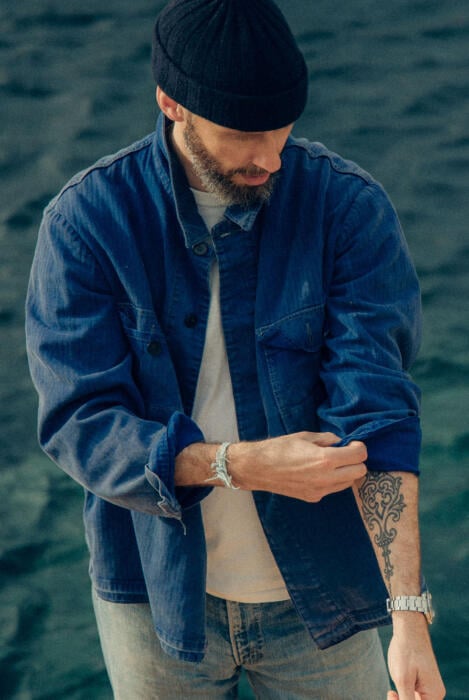
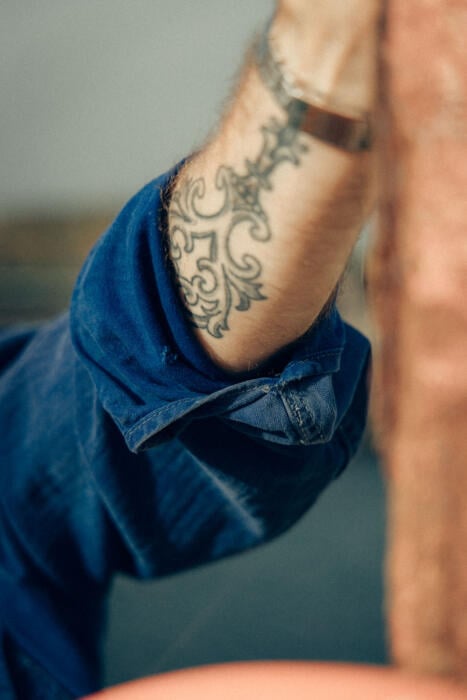
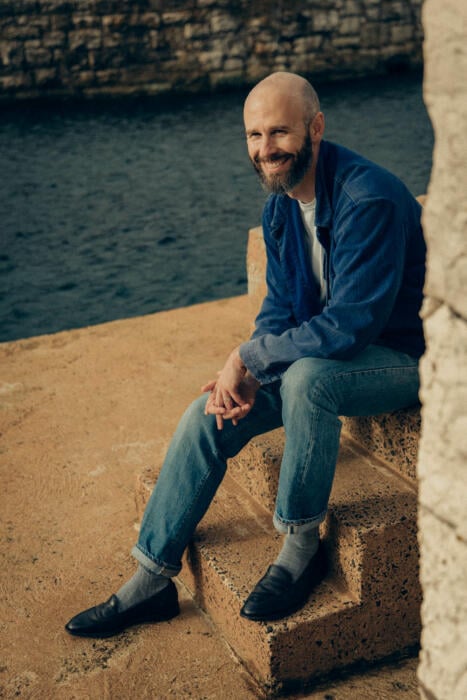
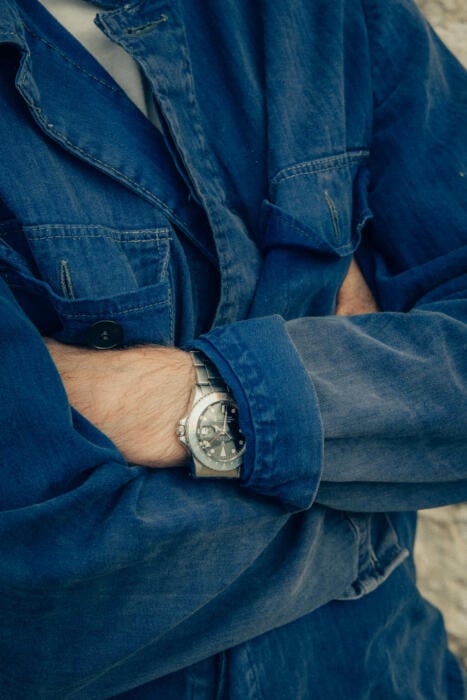
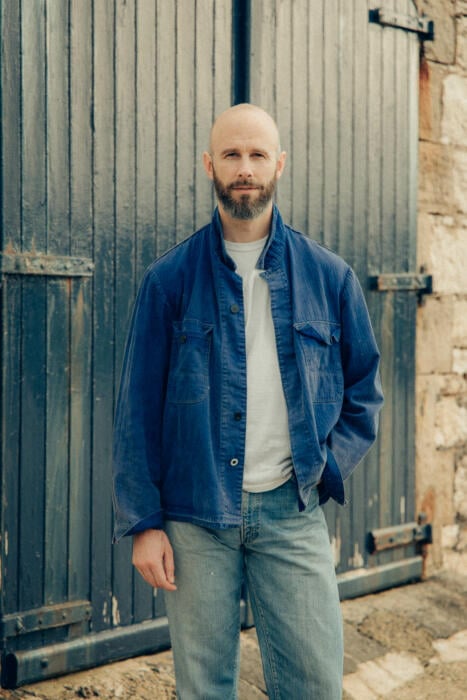
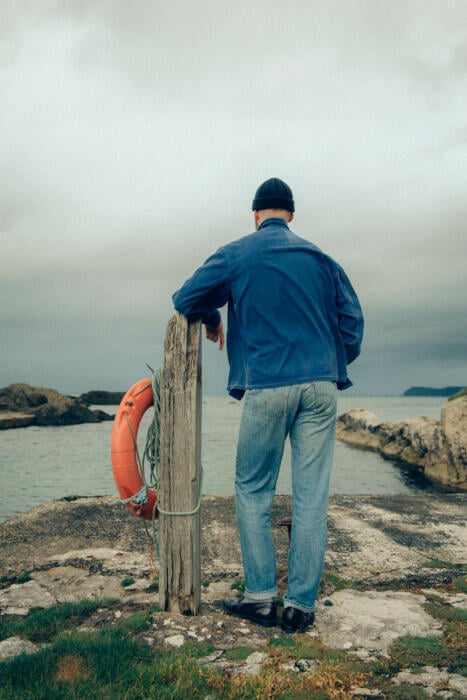
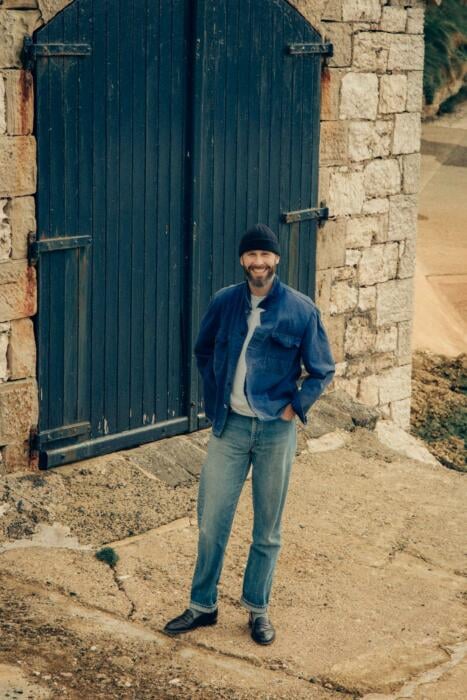


























Great report.
Nice to see something new.
I have forgotten the name of the famous French maker of blue workwear still being made today
Le Laboureur perhaps? Founded in the 50s